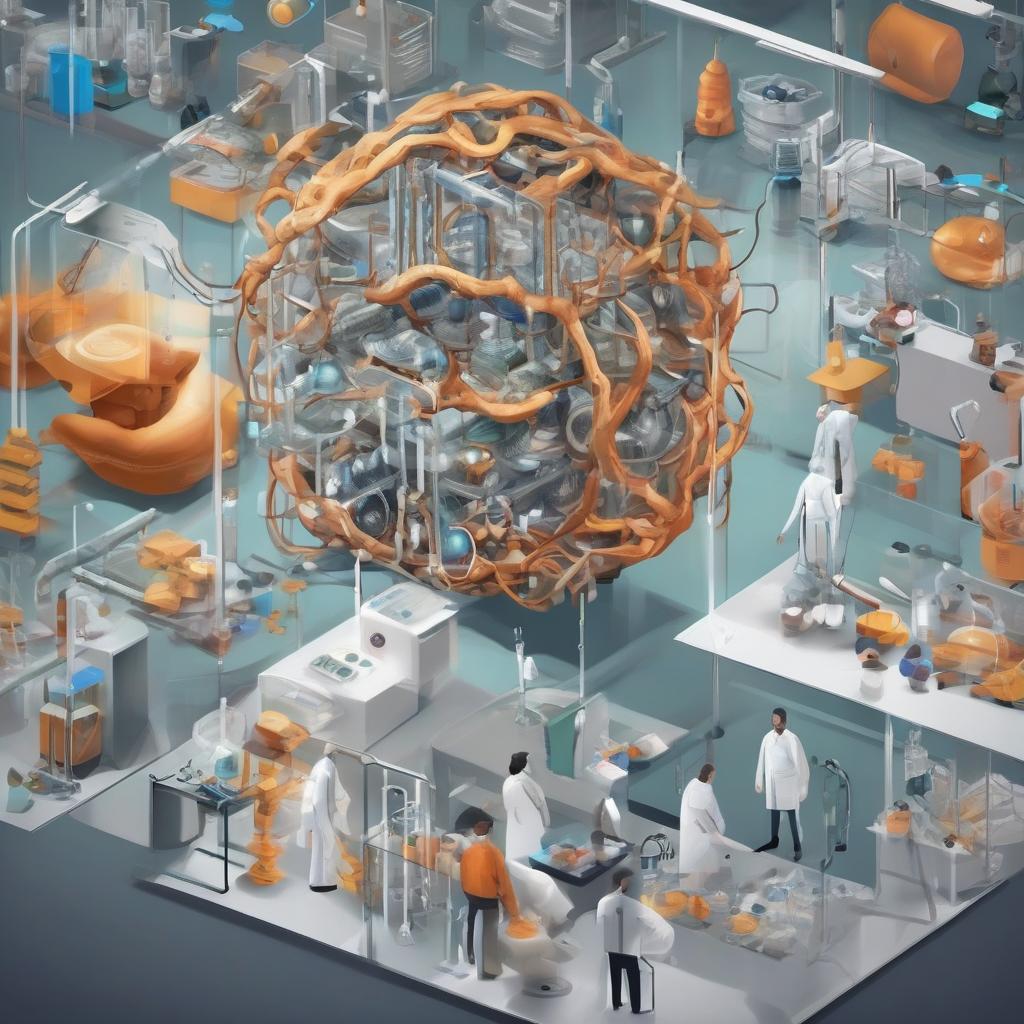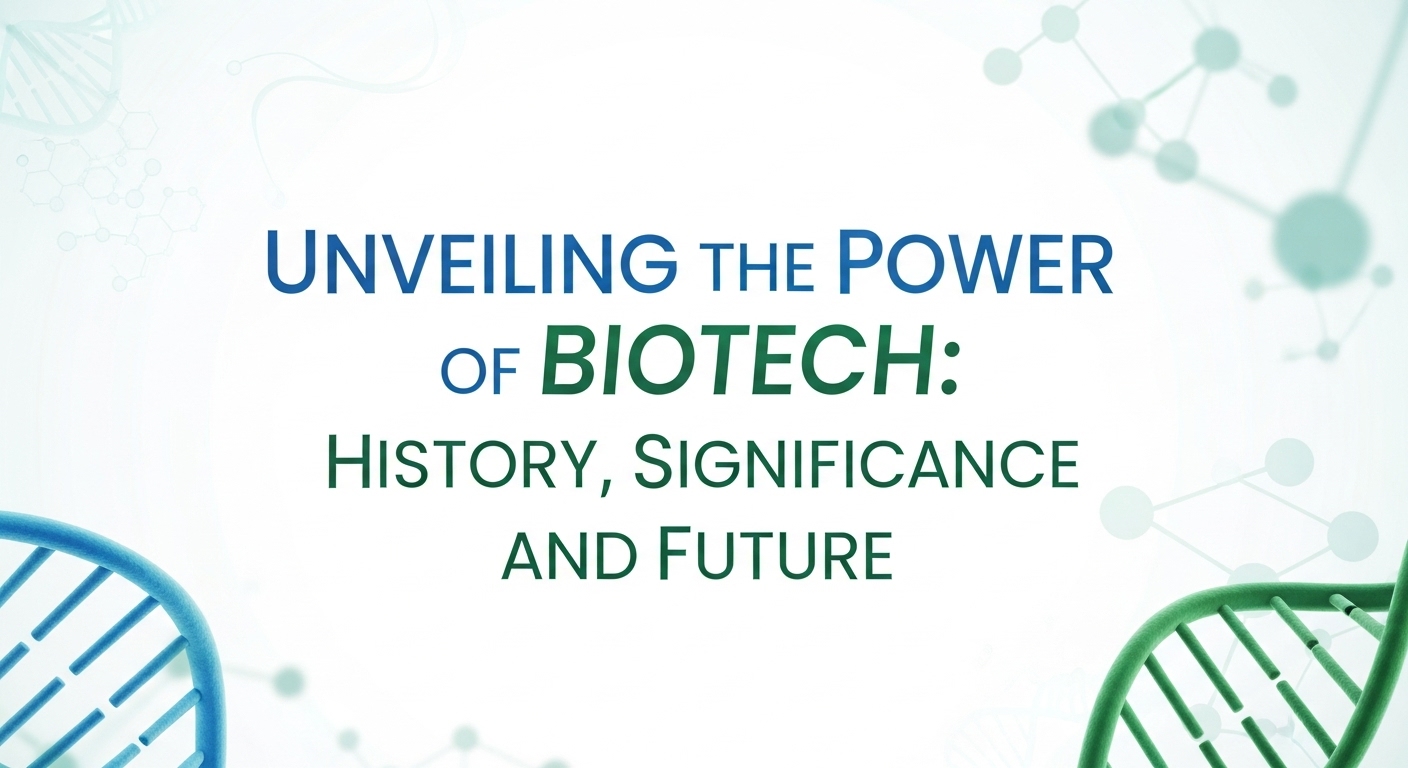Biotech. It’s a field that’s as fascinating as it is vast. So many things happening, it’s almost hard to keep track. From CRISPR gene-editing to biofuels, there’s a lot to unpack. You might be thinking, “What’s the big deal, right?” Well, for one, the biotech industry is reshaping our world in ways only sci-fi movies once imagined. But let’s zero in a bit.
The Rise of Biotech in Everyday Life
The remarkable thing about biotech is how it seems to be weaving itself into the fabric of daily life. You’ve got your bioengineered foods, biopharmaceuticals, even bio-based materials. Sort of like a quiet revolution, don’t you think? Take, for instance, genetically modified organisms (GMOs). Love ’em or hate ’em, they’re here to stay. They’re designed to yield more, use fewer resources, and adapt better to changing climates.
The Medical Frontiers
On the medical front, biotech is doing some pretty mind-blowing stuff. Take CAR-T cell therapy, for instance. It’s a type of treatment that uses the patient’s own immune cells, reengineered to fight cancer. Wild, right? It’s not just a game-changer; it’s a lifesaver for many. And let’s not forget about CRISPR. This gene-editing technology is all the buzz, and for a good reason. It has the potential to correct genetic defects, treat and prevent the spread of diseases, and basically overhaul how we approach healthcare.
Biotech and Sustainability
Speaking of change, let’s talk about sustainability. The planet’s resources aren’t infinite, and biotech offers some intriguing solutions. Think biofuels. These are fuels derived from biomass, like plant materials and animal waste. They’re becoming a viable alternative to fossil fuels, inching us toward a greener future. It’s not just energy, though. Bioplastics are another area where biotech shines. Made from renewable resources, they offer a more sustainable alternative to traditional plastics.
Cloud Technology in Biotech
Now, you might be wondering, where does cloud technology fit into all this? Well, the cloud is a bit like the unsung hero in biotech. It’s facilitating all sorts of advancements by offering vast computational resources and storage. Take a closer look here to see how cloud tech plays a pivotal role in biotech innovations. Data analysis, research collaboration, and remote monitoring are just the tip of the iceberg.
Ethical Considerations
But it’s not all rainbows and unicorns. There are ethical considerations that come into play. Whenever you’re dealing with altering life forms, there’s bound to be debate. Questions about cloning, genetic privacy, and biosecurity are cropping up. It’s a balancing act, weighing the benefits against potential risks. Check out what BBC News has to say about the ethical dilemmas facing biotechnology today.
What’s Next in Biotech?
Trends? Predictions? Sure, there are plenty, and it seems everyone has a take. According to Forbes, personalized medicine and AI-driven drug discovery are two areas to watch. Personalized medicine is all about tailoring healthcare to the individual’s unique genetic makeup. Meanwhile, AI is being leveraged to speed up the drug discovery process, making it more efficient and cost-effective.
Biotech in Agriculture
Can’t forget agriculture when talking about biotech. Precision farming, pest-resistant crops, and biofertilizers are just the beginning. The aim is to produce more food, of better quality, with less impact on the environment. With the world population steadily climbing, these innovations aren’t just helpful; they’re necessary.
Small Data: Big Impact
Let’s talk numbers for a second. It’s one thing to hear about biotech breakthroughs; it’s another to see the data. Here’s a tiny snapshot:
| Biotech Sector | Estimated Growth (2023-2028) |
|---|---|
| Biopharmaceuticals | 8.5% CAGR |
| Agri-biotech | 10.7% CAGR |
| Industrial Biotech | 12.3% CAGR |
As you can see, there’s real momentum here. The potential for growth is staggering, particularly in industrial biotech.
Challenges Along the Way
Of course, it’s not all smooth sailing. Challenges? Yeah, they’re a given. High costs, regulatory hurdles, and public skepticism are just a few obstacles. There’s the perennial issue of funding too. R&D isn’t cheap, and biotech ventures often require substantial investment before they yield returns.
Then there’s the question of accessibility. Even if a breakthrough happens, how do you ensure it reaches everyone who needs it? It’s a question that’s as pressing as it is complex.
FAQs
- How is biotech used in medicine? – Biotech in medicine includes drug development, gene therapy, and diagnostics. It’s crucial for creating treatments for rare diseases and chronic conditions.
- What’s the difference between biotech and pharmaceuticals? – Biotech focuses on using living organisms to create products, whereas pharmaceuticals are more about chemicals and compounds to treat diseases.
- Are GMOs safe to eat? – According to scientific consensus, GMOs are safe. They undergo rigorous testing before hitting the market.
- Can biotech solve climate change? – While not a silver bullet, biotech offers tools like biofuels and carbon capture. It’s part of a broader solution.
- Is biotech the future? – It’s certainly a big part of it, given its role in medicine, agriculture, and sustainability. But it works alongside other technological advancements.
It’s a whirlwind, isn’t it? Biotech has its highs and lows, like any field. But as we push forward, who knows what’s around the corner? Only time will tell.


